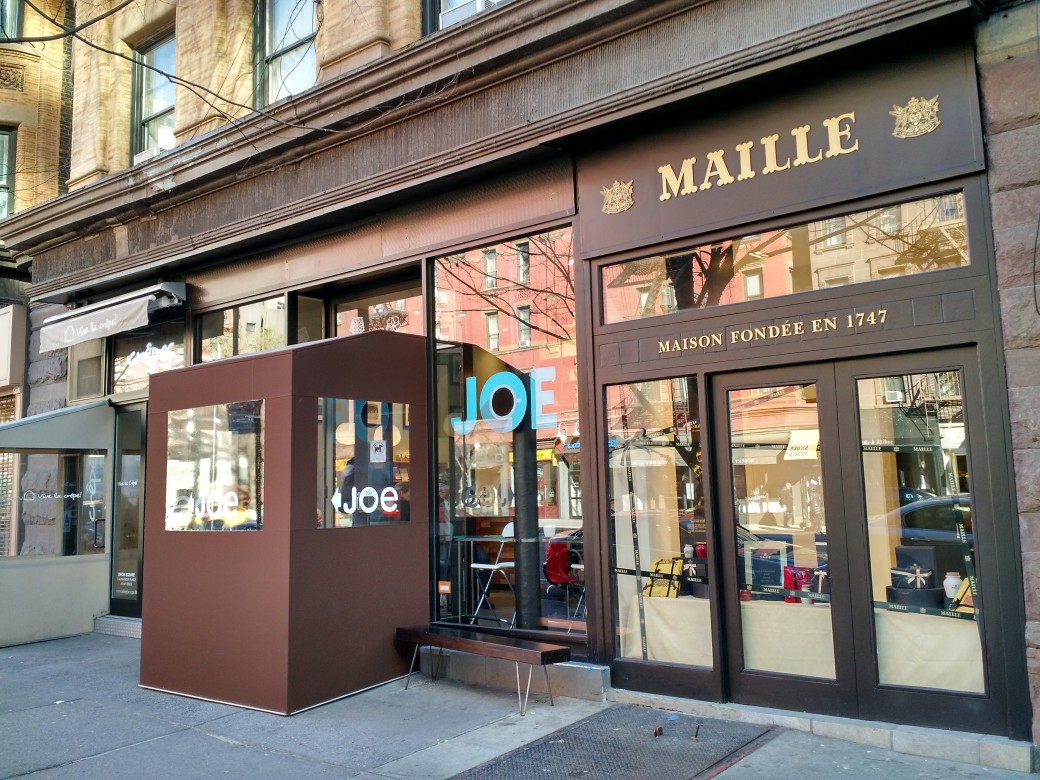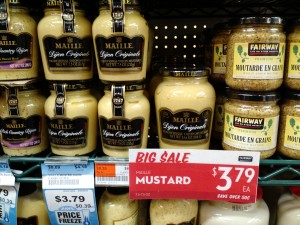In many companies, delivering a large gain will get you a modest reward, while taking actions which lead to a large loss will get you fired. That is just one of the important lessons to be learned from Misbehaving, Richard Thaler’s book on Behavioral Economics, published in 2015.
Thaler provides valuable insights to C-Suite denizens who want to discourage their managers from taking unnecessarily “timid choices.” and encourage risk taking. He recommends that business leaders :
- reward the manager when a higher risk action leads to success
- do not overly penalize a manager if risk taking leads to a business failure, especially if the execution was good, and there were conditions beyond the control of the manager
In this way, business owners will be encouraging managers to perform in a way that is well aligned with business objectives.
During my time as a financial analyst at General Foods , I got to witness some pretty dramatic career rises and falls, with the product managers for the failed SunApple and Orange Twist brands both fired on the same day, while Crystal Light category manager Jim Kilts was on his way to eventually become CEO of Nabisco, then Gillette and more recently, the co-founder of Centerview Capital Holdings. Cyrstal Light was a strong new diet beverage concept, and beautifully executed by Kilts. SunApple and Orange Twist were less unique new products, and the execution by their respective product managers was not good, who both lost their jobs.
As a consultant, I am mindful of creating alignment concerning risk taking between client/owners and their managers when trying to affect beneficial change. For example, recently working with a pallet manufacturing client, their operations manager was reluctant to schedule pallet production, unless there was a firm order in hand, even though the client had decided on a “make-to-stock” strategy for certain pallet types, and this had been communicated to the manager. The operations manage saw it as a risky move to build this opportunistic inventory, for fear that he would be criticized from any resulting overtime. The solution was to develop a scorecard report for the owner and his manager to review at a set time each week, so they could hold hands on any “make-to-stock” production decisions, including those requiring overtime production. As a result, my client reports he has leveled out some of the peaks and valleys in production, and also is enjoying improved customer service and incremental sales to satisfied customers.





